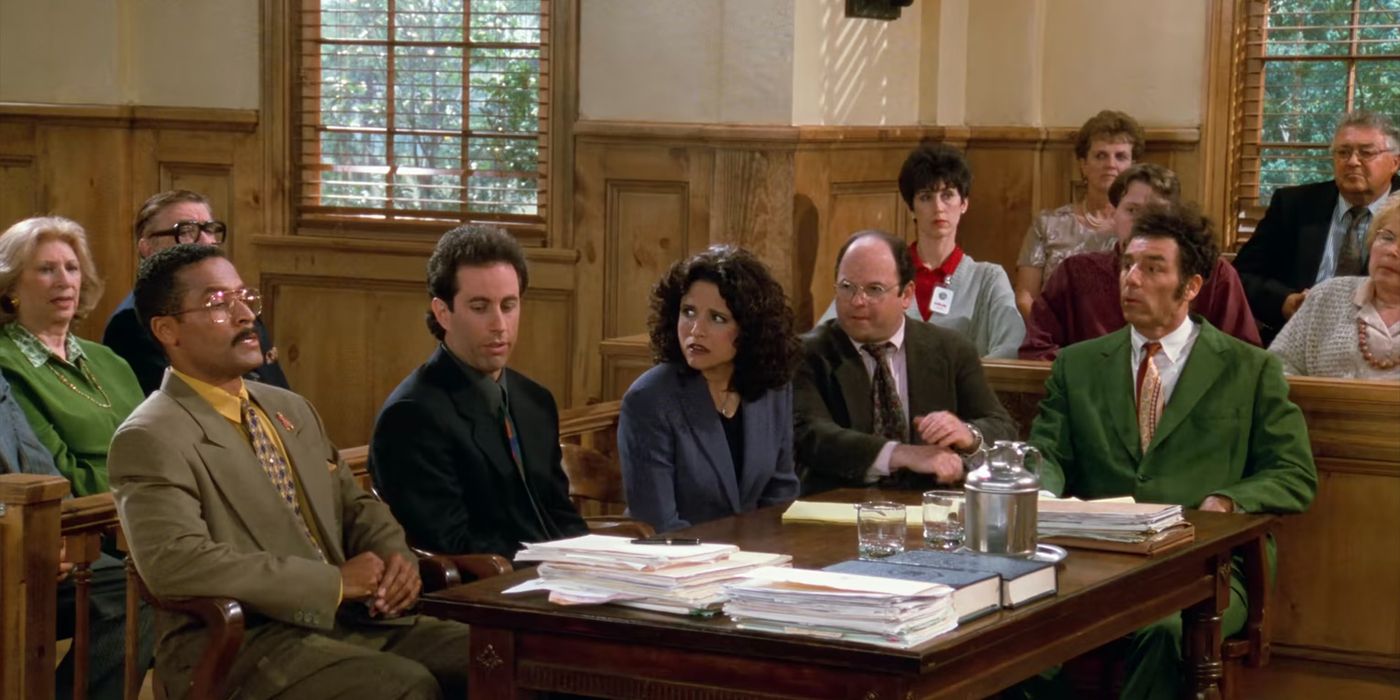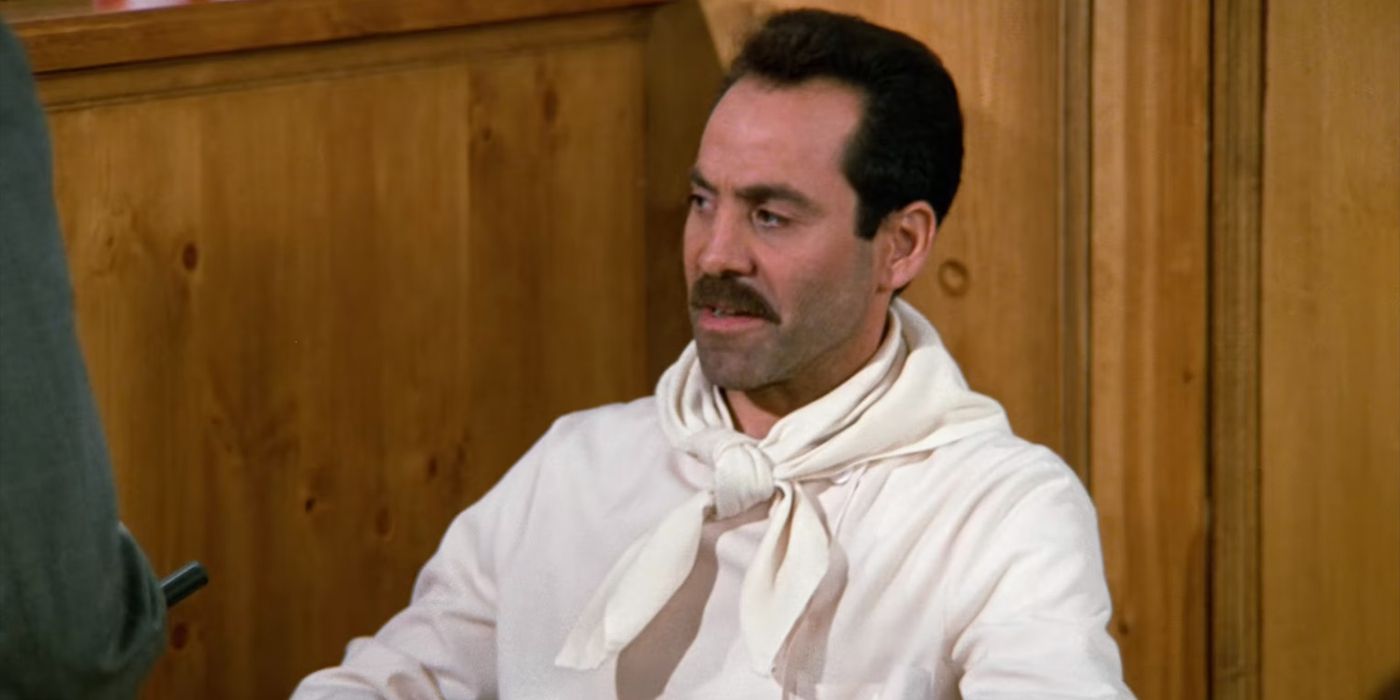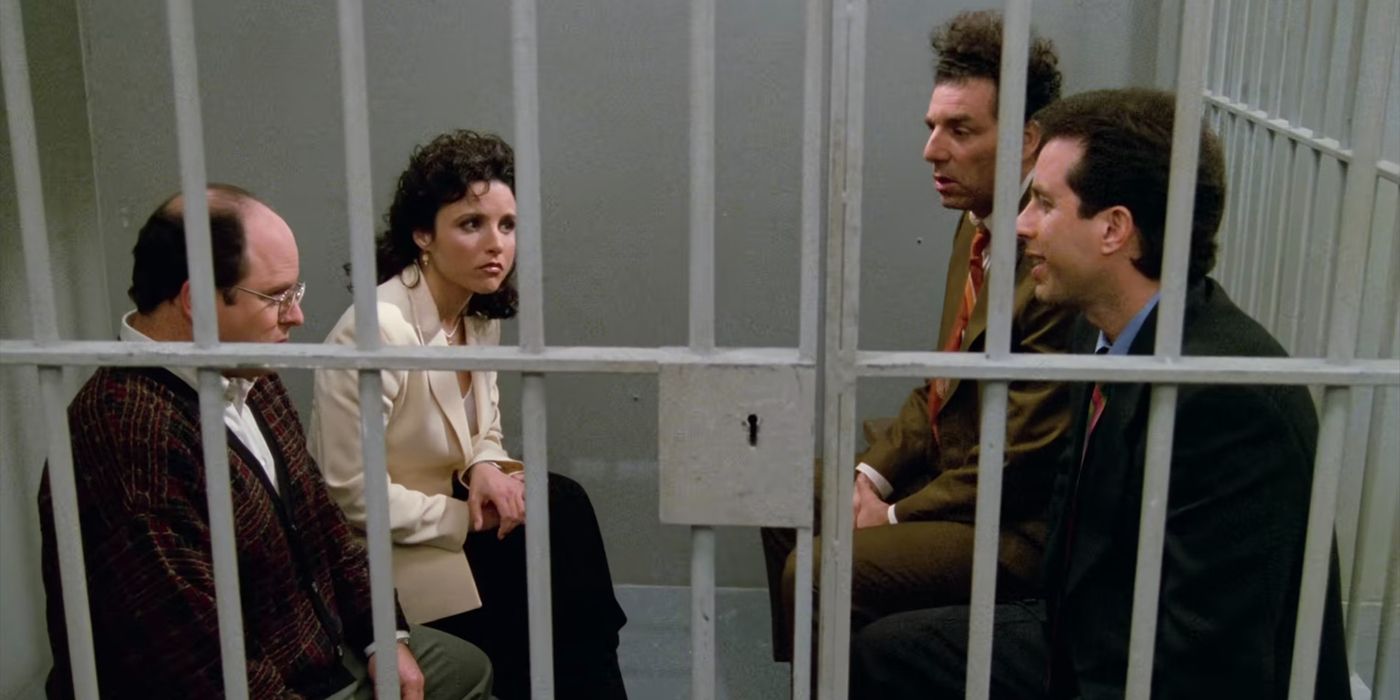Has there been a more hated series finale than that of Seinfeld? Despite being watched by over 76 million people when it aired on May 14, 1998, the general consensus has been that the two-parter appropriately named “The Finale” is “meh” at best. Even The Sopranos’ infamous cut to black had about half of that vocal fandom’s approval. There have been many zeitgeist-grabbing shows that didn’t stick the landing, but Seinfeld particularly fell on its face.
The double episode played like a greatest hits album because just the week before, NBC had aired a clip show. Flashback clips were used regularly throughout the final episodes, effectively giving the audience two weeks of recycled material. As such, for many viewers it didn’t feel like a true finale, but a throwaway effort from blasé creatives who had already cashed in and checked out. If the network had held the clip show back, the finale would have been far more appreciated — because it wasn’t a bad episode on its own.
Seinfeld’s Finale Suffered From Its Own Hype
The anticipation for the Seinfeld finale was so over the top that even an almost perfect episode would have found a way to disappoint. The final three episodes, including the poorly timed clip show, built up a huge wave of attention. Season 9, Episode 20, “The Puerto Rican Day” was met with protests so it was pulled from air and currently remains banished from syndicated television re-airings. That controversy was only part of a massive spotlight on the series. The last three episodes were the most watched in Seinfeld history, which created a pretty high bar for the finale to trip over.
However, with a couple of decades in the rearview, it’s possible to enjoy the Seinfeld finale with fresh eyes. Like the Ruby-Spears Superman, it’s a love letter to long-time fans of the show — albeit one most of said fans tossed aside. All the fan favorites came back for fun cameos, from Larry Thomas’ Soup Nazi to Phil Morris’ Jackie Chiles. The episode had a lot of solid laughs and the penultimate scene brought the show full circle by having Jerry and George engage in the same conversation they began at the top of the Seinfeld Chronicles. The final button of a prison stand-up show cemented ending where the characters began, as Jerry was on stage telling jokes.
An Amusing Lack of Growth Fueled Seinfeld’s Trajectory
The beauty of Seinfeld‘s ending is that it shows the antithesis of growth in the characters. Like the controversial It’s Always Sunny in Philadelphia, which followed in its footsteps, Seinfeld understood that growth — and nice people — are for family comedies. This was a show about immature narcissists, none of whom are very good people. And the writers made a point not to end with any sentimentality. The series was a comedy about inert, unlikeable people — and that’s exactly how it went out.
Which circles back to the clip show problem. That clip show which played the week before had over 58 million viewers. That meant many people watching the Seinfeld finale weren’t regular viewers, so watching a nostalgic episode packed with unlikable characters likely made them shrug and yawn. The returning guests would’ve meant nothing to them, while die-hard fans were just plain disappointed because they had expected so much more. But new viewers who’ve just started Seinfeld on Netflix, Comedy Central or in syndication can look at it without all that extra noise.
In 2022, The Wrap reported that according to Nielsen, 41% of the people watching Seinfeld on Netflix were under the age of 34. Given that only the oldest of that group was around when the finale aired, the hype is long gone. As long as they skip the clip show, their fresh perspective should be kinder to the Seinfeld series finale than the audience that expected it to be much bigger and more groundbreaking than it was ever meant to be.



